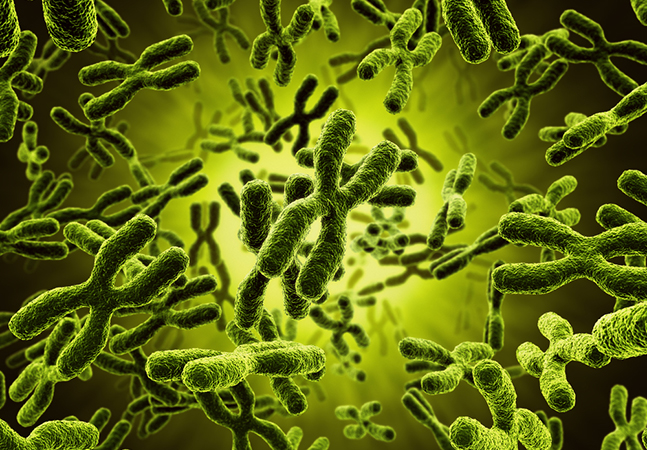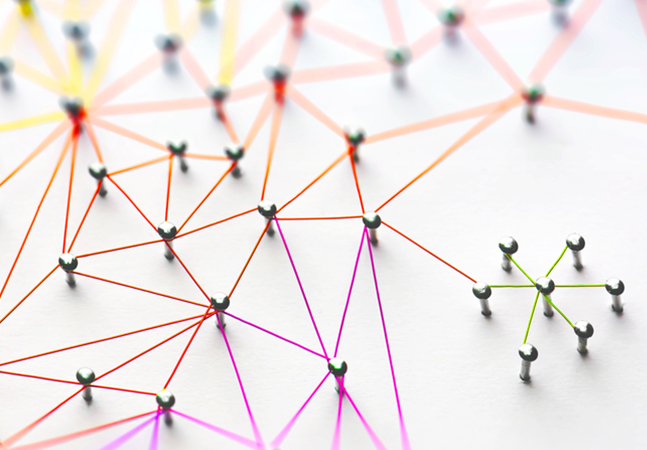
Dr. James McCaffrey of Microsoft Research explains how to design a radial basis function (RBF) network -- a software system similar to a single hidden layer neural network -- and describes how an RBF network computes its output.
- By James McCaffrey
- 03/13/2020

Resident data scientist Dr. James McCaffrey of Microsoft Research turns his attention to evolutionary optimization, using a full code download, screenshots and graphics to explain this machine learning technique used to train many types of models by modeling the biological processes of natural selection, evolution, and mutation.
- By James McCaffrey
- 02/21/2020

Dr. James McCaffrey of Microsoft Research uses a full code program, examples and graphics to explain multi-class logistic regression, an extension technique that allows you to predict a class that can be one of three or more possible values, such as predicting the political leaning of a person (conservative, moderate, liberal) based on age, sex, annual income and so on.
- By James McCaffrey
- 02/11/2020

After earlier explaining how to compute disorder and split data in his exploration of machine learning decision tree classifiers, resident data scientist Dr. James McCaffrey of Microsoft Research now shows how to use the splitting and disorder code to create a working decision tree classifier.
- By James McCaffrey
- 01/22/2020

Using a decision tree classifier from a machine learning library is often awkward because it usually must be customized and library decision trees have many complex supporting functions, says resident data scientist Dr. James McCaffrey, so when he needs a decision tree classifier, he always creates one from scratch. Here's how.
- By James McCaffrey
- 01/21/2020

Dr. James McCaffrey of Microsoft Research uses code samples and screen shots to explain perceptron classification, a machine learning technique that can be used for predicting if a person is male or female based on numeric predictors such as age, height, weight, and so on. It's mostly useful to provide a baseline result for comparison with more powerful ML techniques such as logistic regression and k-nearest neighbors.
- By James McCaffrey
- 01/07/2020

Dr. James McCaffrey of Microsoft Research uses a full code sample and screenshots to demonstrate how to create a naive Bayes classification system when the predictor values are numeric, using the C# language without any special code libraries.
- By James McCaffrey
- 11/12/2019

Here's a hands-on tutorial from bona-fide data scientist Dr. James McCaffrey of Microsoft Research to get you up to speed with machine learning development using C#, complete with code listings and graphics.
- By James McCaffrey
- 11/07/2019

Microsoft Research's Dr. James McCaffrey show how to perform binary classification with logistic regression using the Microsoft ML.NET code library. The goal of binary classification is to predict a value that can be one of just two discrete possibilities, for example, predicting if a person is male or female
- By James McCaffrey
- 10/18/2019

Dr. James McCaffrey provides hands-on examples in introducing ML.NET, for machine learning prediction models, and AutoML, which automatically examines different ML algorithms, finds the best one, and creates a Visual Studio project with the C# code backing the best model, along with C# code that shows how to use the trained model to make a prediction.
- By James McCaffrey
- 09/30/2019

Microsoft Research data scientist Dr. James McCaffrey explains what neural network Glorot initialization is and why it's the default technique for weight initialization.
- By James McCaffrey
- 09/05/2019

Data scientist Dr. James McCaffrey begins a series on presenting and explaining the most common modern techniques used for neural networks, for which over the past couple of years there have been many small but significant changes in the default techniques used.
- By James McCaffrey
- 07/29/2019

Suppose you have three different Internet advertising strategies and you want to determine which of them is the best as quickly as possible. Or suppose you work for a medical company and you want to determine which of three new drugs is the most effective. Resident data scientist Dr. James McCaffrey shows how Thompson Sampling can help.
- By James McCaffrey
- 07/25/2019

Dr. James McCaffrey of Microsoft Research uses Python code samples and screenshots to explain naive Bayes classification, a machine learning technique used to predict the class of an item based on two or more categorical predictor variables, such as predicting the gender (0 = male, 1 = female) of a person based on occupation, eye color and nationality.
- By James McCaffrey
- 05/14/2019

Need to predict the political party affiliation (democrat, republican, independent) of a person based on their age, annual income, gender, years of education and so on? Our resident data scientist Dr. James McCaffrey shows a technique that can help with that and much more -- with code!
- By James McCaffrey
- 04/10/2019